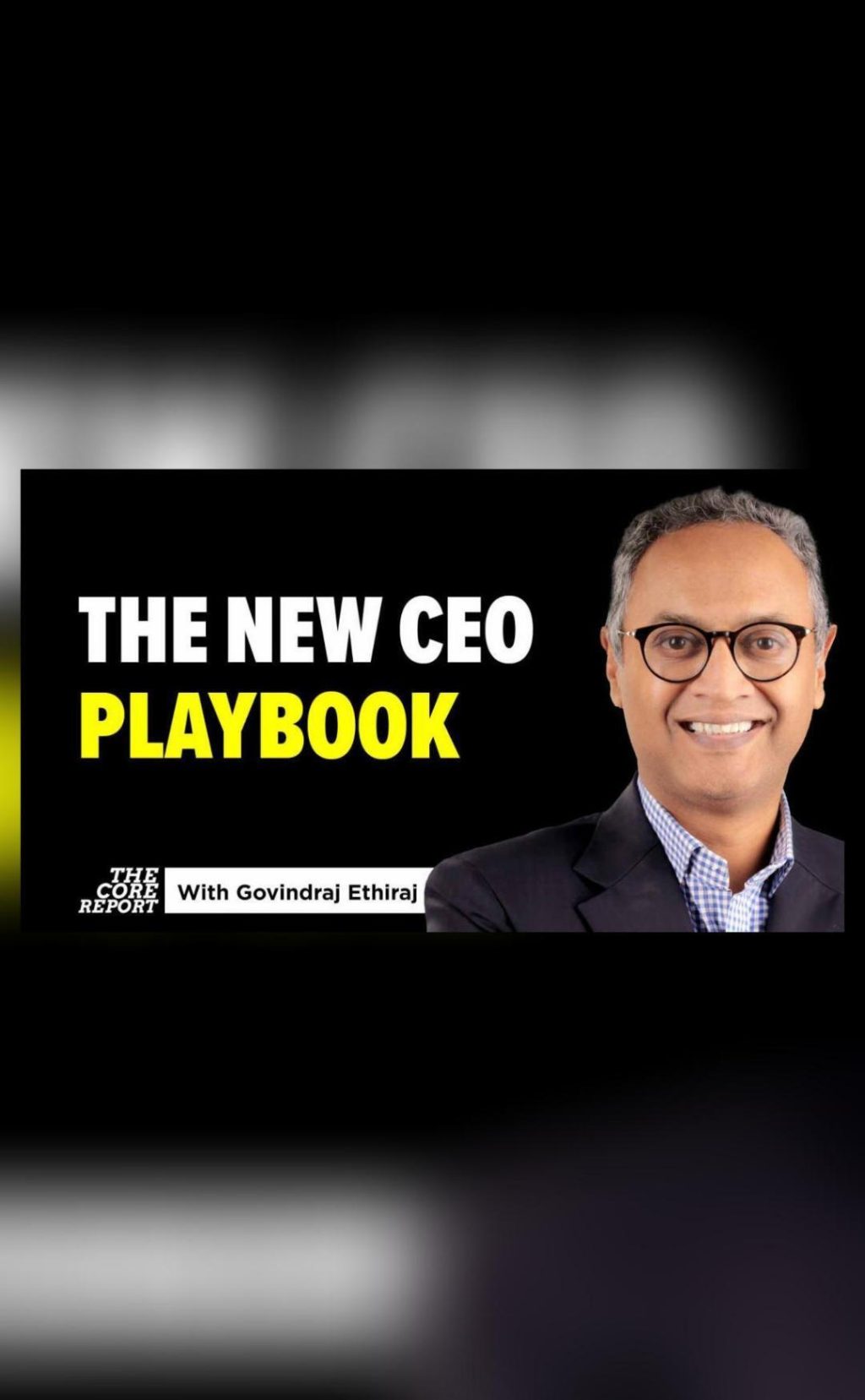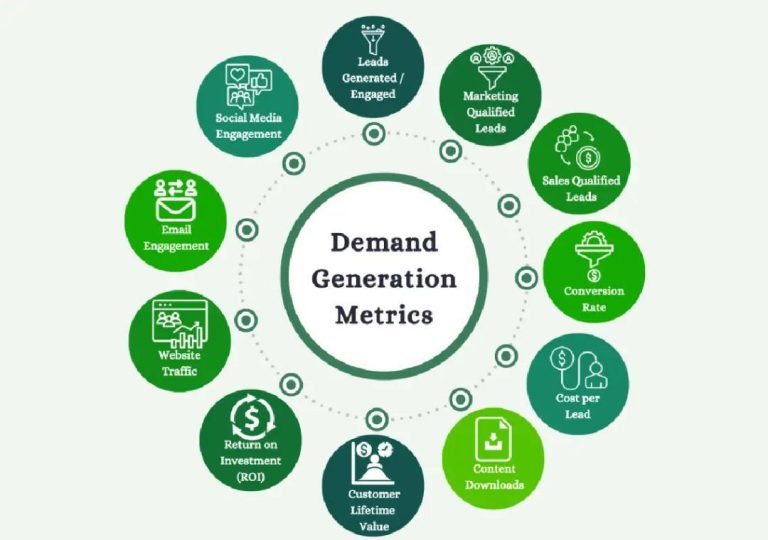
The New CEO Playbook: AI Pressures & Global Tariff Shocks
As the world continues to grapple with the far-reaching consequences of technological advancements and shifting global trade policies, CEOs are facing unprecedented challenges in their quest to lead their companies to success. Artificial intelligence (AI) is revolutionizing industries, forcing businesses to adapt and innovate at an unprecedented pace, while global tariff shocks are disrupting trade and upending long-held business models.
In this new era of uncertainty, CEOs must rethink their strategies and operations to stay ahead of the curve. With no guarantee of stability, companies are being pushed to localize, adapt, and reconsider their very business models. In this blog post, we’ll explore the key pressures and challenges faced by CEOs today, and provide guidance on how they can navigate these turbulent waters to emerge stronger and more resilient.
The Rise of AI: A CEO’s Best Friend and Worst Nightmare
AI is transforming the way businesses operate, from customer service to supply chain management. On the one hand, AI has the potential to automate mundane tasks, freeing up human resources to focus on high-value activities like strategy and innovation. On the other hand, AI’s ability to learn and improve at an exponential rate means that companies that fail to adapt will be left behind.
CEOs must therefore strike a delicate balance between harnessing the power of AI to drive efficiency and innovation, while also ensuring that their organizations are not replaced by machines. This requires a deep understanding of AI’s capabilities and limitations, as well as a willingness to invest in training and upskilling their workforces to work alongside machines.
Global Tariff Shocks: A New Era of Trade Uncertainty
The global trade landscape is undergoing a seismic shift, driven by protectionist policies and trade wars. Tariffs are being imposed on a wide range of goods, from steel to electronics, causing prices to skyrocket and supply chains to become increasingly complex.
CEOs must navigate this treacherous landscape by diversifying their supply chains, identifying new markets and customers, and adapting their pricing strategies to reflect the new reality. This requires a deep understanding of global trade dynamics, as well as a willingness to take bold action to protect their companies’ interests.
The New CEO Playbook: 5 Key Strategies for Success
So, what does it take to succeed in this new era of AI pressures and global tariff shocks? Here are five key strategies that CEOs can use to navigate these challenges and position their companies for long-term success:
-
Embrace Automation: AI is here to stay, and CEOs must recognize its potential to drive efficiency and innovation. By embracing automation, companies can free up resources to focus on high-value activities and stay ahead of the competition.
-
Diversify Supply Chains: The global tariff shocks are a wake-up call for CEOs to diversify their supply chains and identify new markets and customers. This requires a deep understanding of global trade dynamics and a willingness to take bold action.
-
Invest in Training and Up-skilling: As AI replaces some jobs, CEOs must invest in training and up-skilling their workforces to work alongside machines. This requires a long-term view and a commitment to developing the skills of their employees.
-
Rethink Business Models: The old business models are no longer sustainable in today’s fast-changing world. CEOs must rethink their business models to reflect the new realities of AI and global trade, and be prepared to adapt and evolve at a moment’s notice.
-
Stay Agile and Adaptable: Finally, CEOs must be prepared to pivot and adapt quickly in response to changing circumstances. This requires a willingness to take calculated risks, experiment with new strategies, and stay ahead of the curve.
Conclusion
The new CEO playbook is all about embracing the challenges of AI and global tariff shocks, and using them as opportunities to drive innovation and growth. By diversifying supply chains, investing in training and up-skilling, rethinking business models, and staying agile and adaptable, CEOs can navigate these turbulent waters and emerge stronger and more resilient.
As the world continues to evolve at an unprecedented pace, CEOs must be prepared to adapt and evolve at a moment’s notice. By following the five key strategies outlined above, they can ensure that their companies remain competitive, innovative, and successful in the years to come.
Watch this video to learn more about the new CEO playbook:






